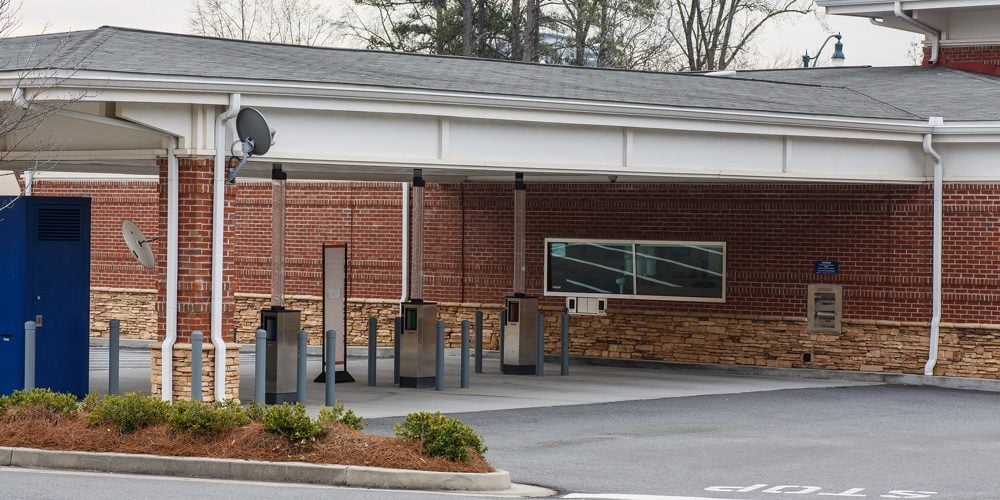Facility Solutions: Banning drive-thrus?
As urban centers look to improve safety and reduce emissions, credit unions must determine how best to meet member needs while moving toward the future.

This month, drive-thrus made national news as cities from coast to coast passed ordinances to ban future development. The rationale is to improve pedestrian safety and the quality of urban living, reduce carbon emissions and help eliminate litter (and, in the case of fast food drive-thrus, attempt to reduce obesity). CO2 emissions are often the leading reason—think about how willing we are to wait in our idling cars for a Starbucks almond macchiato or a McDonald’s Big Mac.
David Byrne (from the band The Talking Heads) offers “reasons to be cheerful” in his blog, saying: “Is there anything more absurd than a car in a city? A clunky, oversized contraption awkwardly maneuvering through a confined urban space, like an elephant using a phone booth. No wonder more and more cities are taking steps to cut down on driving. Streets are for transit, bikes and human beings, and you’ll never convince us otherwise.” He concludes: “They’re dangerous, destructive, polluting, expensive, inefficient and inequitable. Now cars are being taken off city streets. That’s progress.”
This sentiment is evident across the country as cities replace car lanes with bicycle paths and consider charging a fee to drive downtown. But, like all things, reality is a spectrum of environments and situations; drive-thrus still have a place at some restaurants, drug stores and financial institutions, both in and outside of urban centers.
continue reading »
